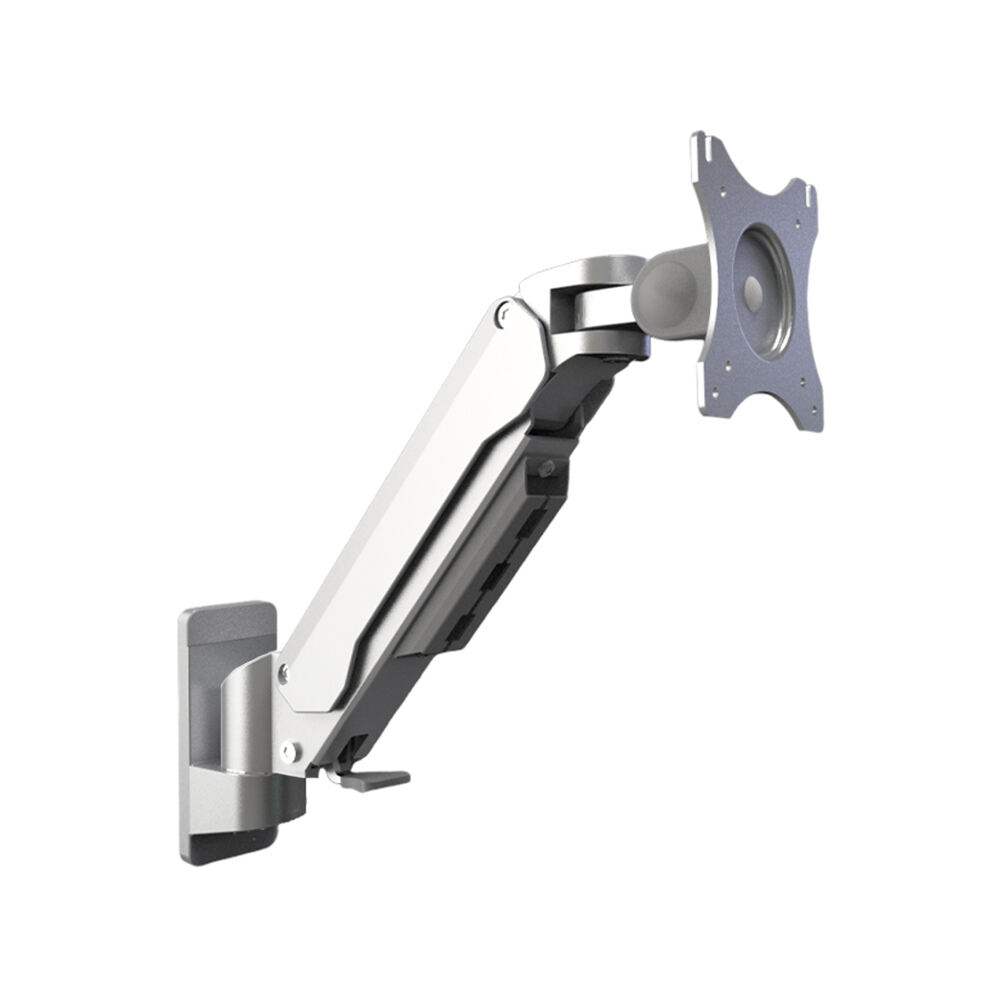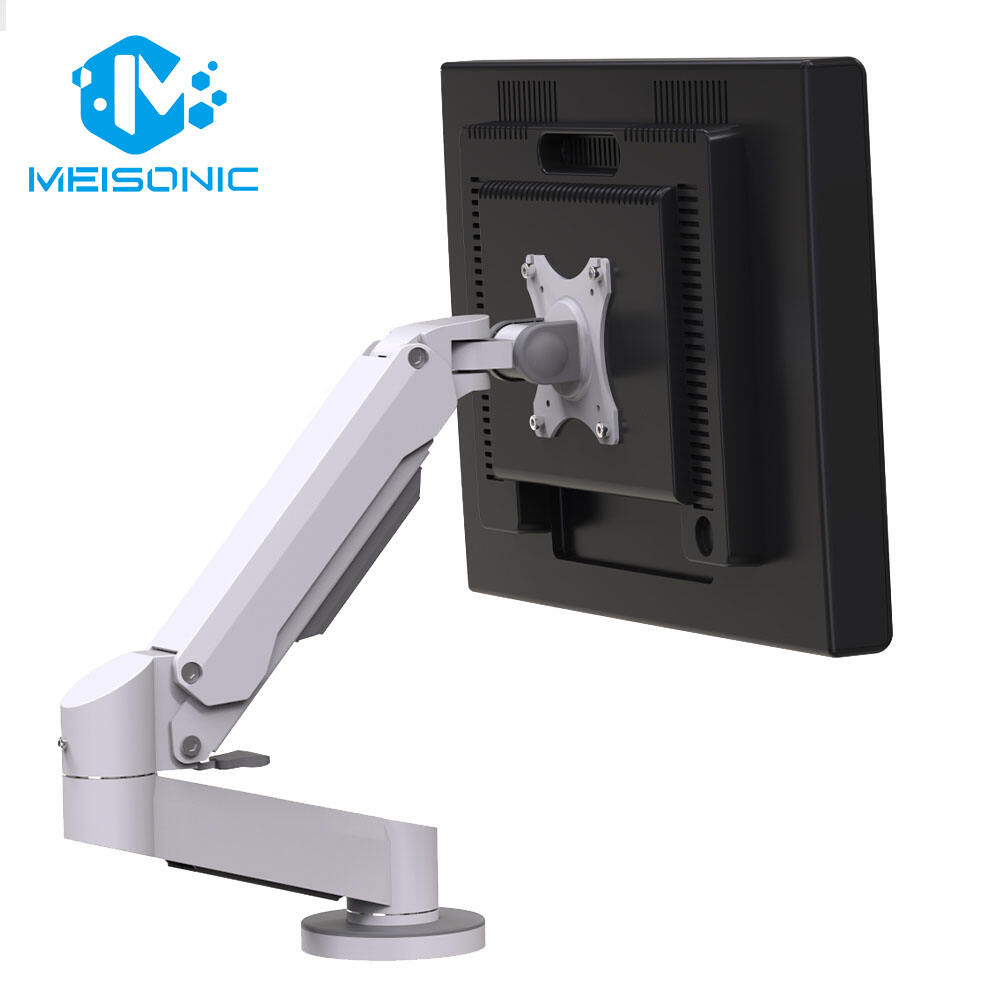Wall Mount vs. Standard Workstation: Which is Better for Hospital Efficiency?
In healthcare settings, efficiency directly impacts both workflow and patient care. With the increasing use of monitors for patient monitoring, records, and diagnostic tools, hospitals must carefully choose between wall-mounted systems and standard workstations to optimize their work environments. So, which option improves hospital efficiency the most? Let’s compare the two.
Wall-Mounted Monitor Arms: The Space-Saving Solution
Wall-mounted monitor arms are an excellent option for hospitals looking to save space and provide flexible positioning of screens. Here’s why they can enhance efficiency:
Advantages of Wall-Mounted Monitor Arms:
Space Optimization: Wall mounts free up valuable floor space, which is critical in patient rooms, ICUs, and emergency departments where room for movement is limited.
Ergonomics: Wall mounts allow monitors to be easily adjusted to the perfect height and angle, reducing neck strain and improving comfort during long shifts.
Improved Workflow: With adjustable monitor positioning, healthcare professionals can access information more quickly, reducing delays in patient care and improving overall efficiency.
Hygiene and Cleanliness: Wall-mounted units are easier to clean around, helping healthcare facilities maintain a sterile environment and reduce infection risk.
Best for:
Tight spaces like patient rooms and emergency rooms where flexibility is key.
Surgical areas that require easy access and a clean, organized setup.

Standard Workstations: Stability and Multi-Tasking
On the other hand, standard workstations, including mobile carts, offer a different set of advantages, particularly when more equipment is involved.
Advantages of Standard Workstations:
Stability: Traditional workstations offer more stability for larger monitors and allow for multi-screen setups—ideal for tasks that require intensive data entry, medical imaging, or patient record management.
Mobility: Mobile workstations allow equipment to be moved across departments, providing flexibility for different medical teams.
Integration of Additional Tools: Standard workstations often have space for more integrated tools, such as keyboard trays, printers, and other medical devices, making them ideal for administrative or multi-tasking environments.
Familiar Setup: Many healthcare workers are accustomed to working with traditional desks or carts, so these setups may be preferred for ease of use.
Best for:
Nurses' stations and doctors’ offices where large, stable setups are necessary for managing patient data.
Mobile medical teams who need to move between departments or rooms.
Which is Best for Hospital Efficiency?
Choosing between wall-mounted monitor arms and standard workstations depends on the needs of your hospital:
For Space Efficiency: Wall mounts are perfect for patient rooms, ICUs, and emergency departments where every inch of space counts and easy access to monitors is crucial.
For Stability and Task Integration: Standard workstations are better suited for departments requiring larger monitors, multiple screens, and the need for mobile setups.
For Ergonomics and Cleanliness: Wall mounts offer superior ergonomic flexibility and are easier to clean, which is critical in surgical environments and areas focused on infection control.





